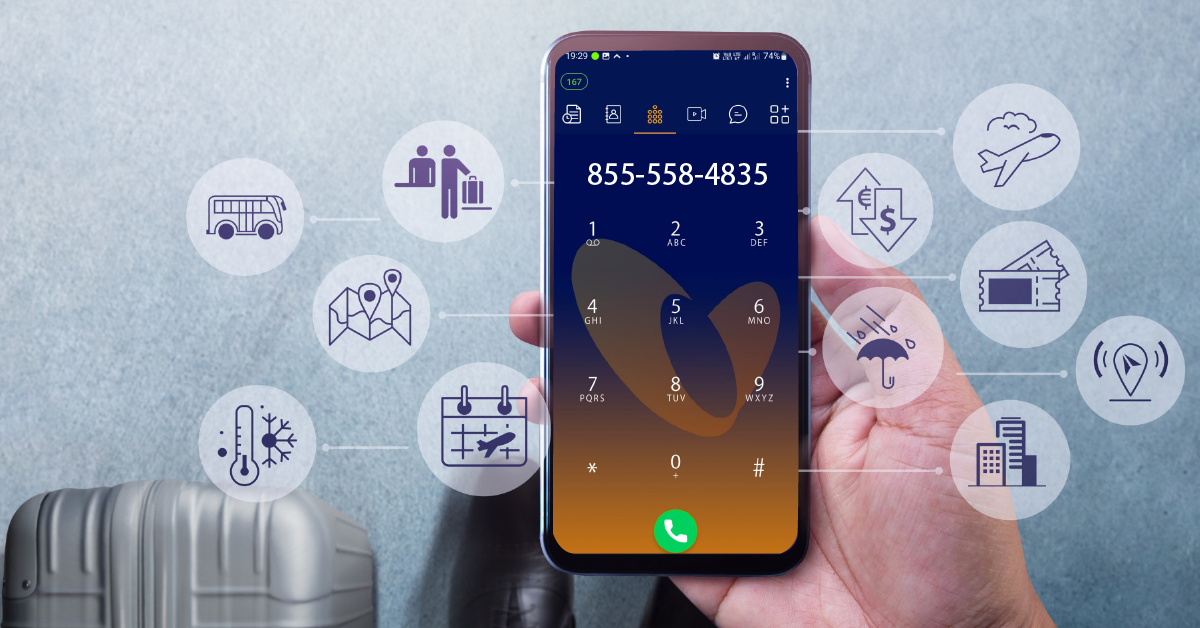Evolving Pedagogies: Tech-Enabled Teaching

5 min read
Educators are always looking for new and better ways to help students learn. One such way is integrating technology into classroom environments to create more interactive lesson plans. This results in “tech-enabled teaching”, an educational philosophy that uses technologies such as computers, video cameras, and smart boards to enhance students’ learning.
Learn more about the Future of Learning
In this blog, we explore the potential of emerging technologies such as smartphone apps and the proliferation of classroom technologies to promote more effective teaching. Students can interact with instructors through various devices, making accessing and interacting with different materials easier.
These techniques have seen widespread adoption in education in recent years but have yet to be embraced by all teachers and administrators. This article explores some differences in how tech-enabled teaching has been employed by different members of society, its advantages and disadvantages, and presents some ideas on further facilitating its continuation.
Emerging Business Phone Technologies in Teaching
New Business Models for Education
Educators face many challenges in this technologically driven society because of the changing environment they are dealing with today. To keep up with the changes and meet new challenges, educators need to structure their work environments differently and integrate technology into classroom learning practices that will help prepare students for the future.
1. VoIP Phone Service
With the changing generations, primary and secondary schools have been adapting to the VoIP Phone System for the Education Industry as teaching methods that integrate technology into pedagogies. Schools are incorporating tech into classrooms to stay relevant in this ever-changing educational climate.
Technology education is at a crossroads. Educators need a fresh approach to improve student engagement, teacher retention, and accountability. They are using innovative technologies that are efficient and effective technologies in today’s teaching landscape. It helps educators meet these challenges; innovative technology has revolutionized how students learn through education.
Cloud business phone service providers will provide the best quality video and audio communication tool that is revolutionizing the way people communicate with each other. It merges the web and mobile into a single place, making connecting easier. Cloud video and audio technology work on any operating system, device, or screen, enabling users to connect in real-time using any device. Whether a phone call or video chat from a classroom computer to a smartphone while riding the bus home from school, cloud phone systems make it possible with no plugins required.
2. AI in business Phone Services
Today, most businesses use software to run their business from their office. Technology has been a catalyst for business growth and a tool to make work more efficient for the past few years. The future of technology is expected to change mailing services in a way that will allow companies to send short messages and even video calls—AI in business Phone Services for Education helps students receive instruction via robotics.
3. UCaaS
Unified Communications as a Service (UCaaS) is a cloud-based communications service that can be accessed through mobile devices. It allows users to view video and audio chat messages through a web browser on their mobile devices and PCs. Unified communication eliminates the need for any plugin or software installation on devices to deliver the actual communication features.
UCaaS applications are available in many categories, such as messaging, contact management, collaboration, video conferencing, and instant messaging (IM). Understanding all the benefits of connecting with UCaaS Providers in education is essential because it offers an alternative software that eliminates hardware requirements in using the applications.
Some Aspects and Impacts of Tech-Enabled Teaching
Cross-medium Collaboration
Another essential advantage of tech-enabled teaching is the ability for instructors to gather student data across different media types. For example, teachers can collect data from digital texts using programmed quizzes or scripts while managing classroom interaction via a shared whiteboard or smart board. This data can then be tracked across different learning mediums, providing educators with a more holistic view of their students’ progress.
Because tech-enabled teaching promotes more individualized learning experiences, instructors can tailor lesson plans based on individual learner needs. It increases students’ engagement and motivation in the classroom, as they can learn personally relevant tasks, thereby enhancing their learning experience. Students who feel engaged with the material they are studying tend to retain more information in long-term memory more efficiently, which is especially important for young learners and those suffering from cognitive deficits.
Collaboration and Communication
For tech-enabled teaching to be effective, students need to be able to work together collaboratively with each other and with their instructors. As mentioned above, this can be accomplished through digital texts, whiteboards or smart boards, online quizzes, and collaborative programs.
Students can engage in enhanced collaboration by sharing data across different learning mediums, such as a shared whiteboard or a chat program. It provides educators with valuable data on how student interactions are progressing through the course of the semester. Since technology has been widely implemented in classrooms over the past decade, students are already accustomed to sharing content through digital media (such as text-based messages on social networking sites).
Personalized Learning
These resources can help teachers to tailor their learning experiences to the unique needs of individual students. For example, if a student comes into class with an iPad, the teacher can use this device to schedule quizzes and assign assignments that students can complete on their devices. It saves students time and energy and allows them an additional resource during class that helps with long-term memory formation.
Interactive Learning
It have become more popular in the past few years due to the ease of integrating interactive elements into lesson plans. Interactive elements like dynamic websites that students can interact with. They allow students to engage actively with content.
Online Quizzes
Conduct online quizzes in the classroom itself because they provide flexibility, convenience, and long-term benefits for both students and teachers. A benefit of using online quizzes is that they help keep student interest high throughout the class, ensuring that all learners can learn what they need to know.
Assessment and Feedback
Assessment and feedback are integral to all forms of education, and tech-enabled teaching is no exception. By providing students with assessment and feedback in the form of digital content, educators can ensure that students understand their knowledge gaps while encouraging them to seek remedial help when necessary.
Expand your understanding of Feedback
Animation Learning
Animation has become especially popular in the educational field due to its ability to engage young learners in its appealing medium. Animations have a variety of uses in the classroom, from reinforcing information taught by instructors on a whiteboard or smart board to supplementing readings from class texts. It enables students to learn at their own pace while ensuring they retain more information than simply reading from a book.
Conclusion
While tech-enabled teaching is not new, it is growing in popularity because of the increased availability of technology hardware and software programs. Because digital content can easily shared among students can follow and learn from digital media that especially fits their needs.
Personalized learning, collaboration, assessment, and feedback are notable advantages in classroom settings today. As educators continue to explore VoIP Phone systems for the Education Industry, they may find creative ways to incorporate technology into their teaching and learning activities.
Explore the Future of Education!
Learn how to adapt your teaching to the changing needs of students and the demands of the digital age.
Published: October 12th, 2023
Subscribe to Our Latest Updates
Get monthly product and feature updates, the latest industry news, and more!







